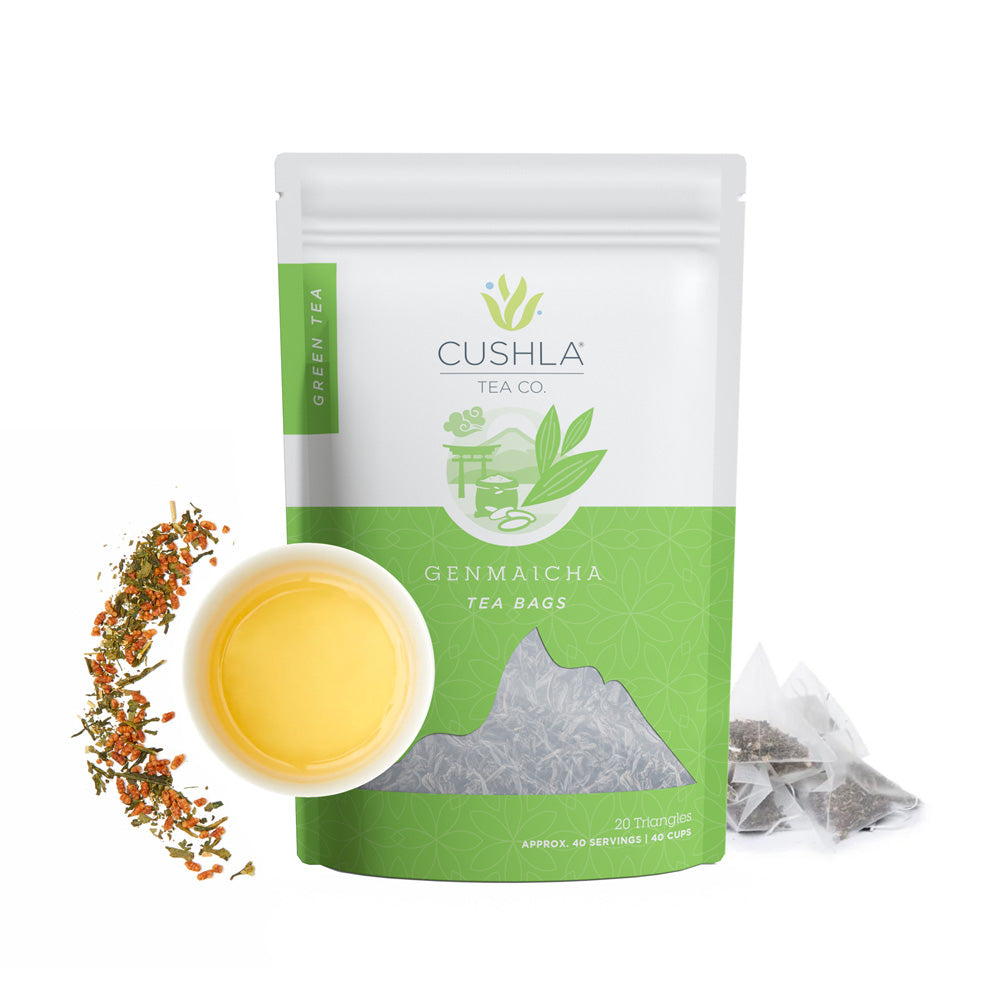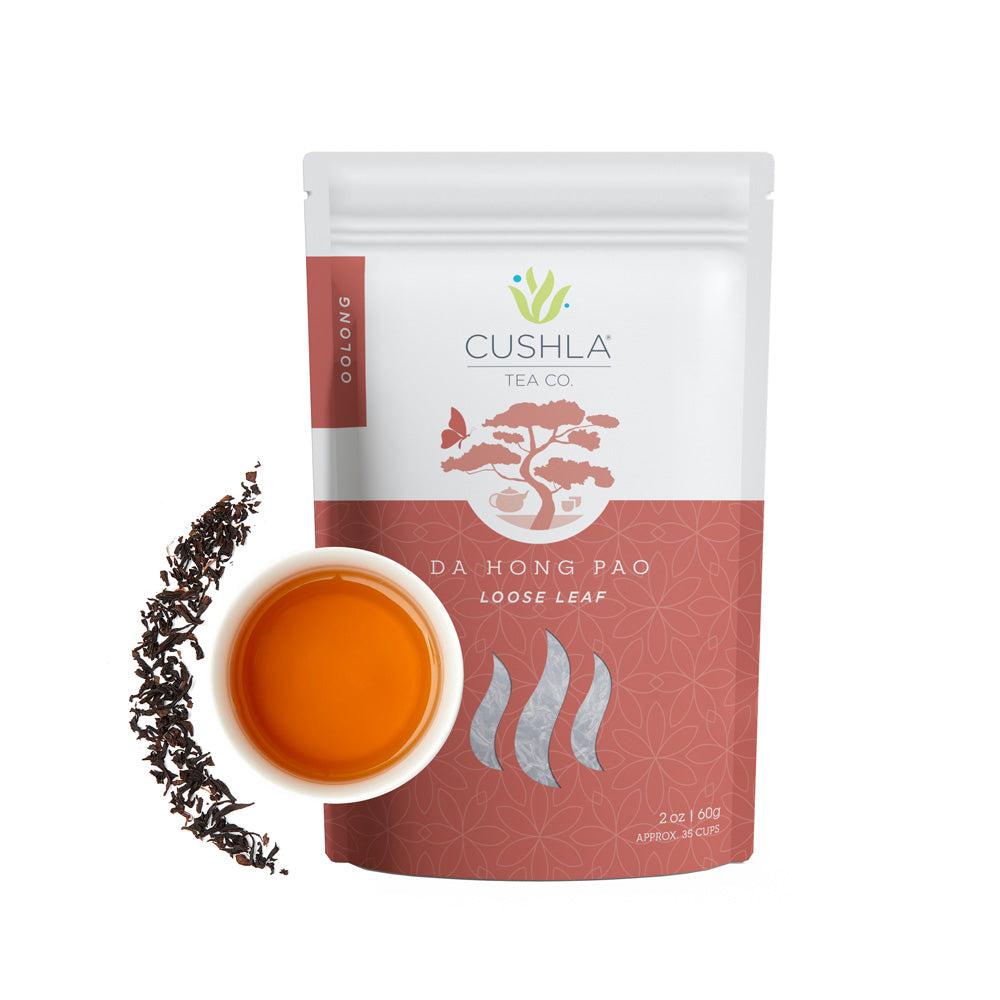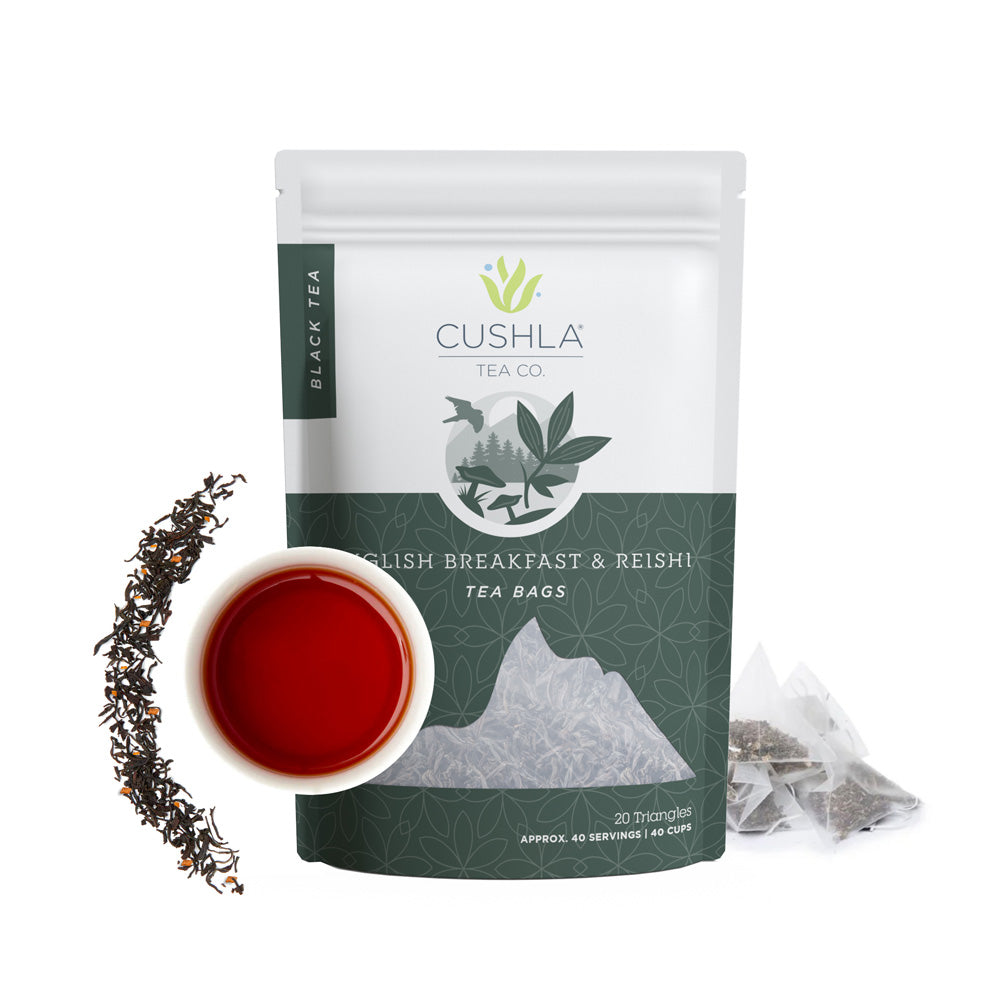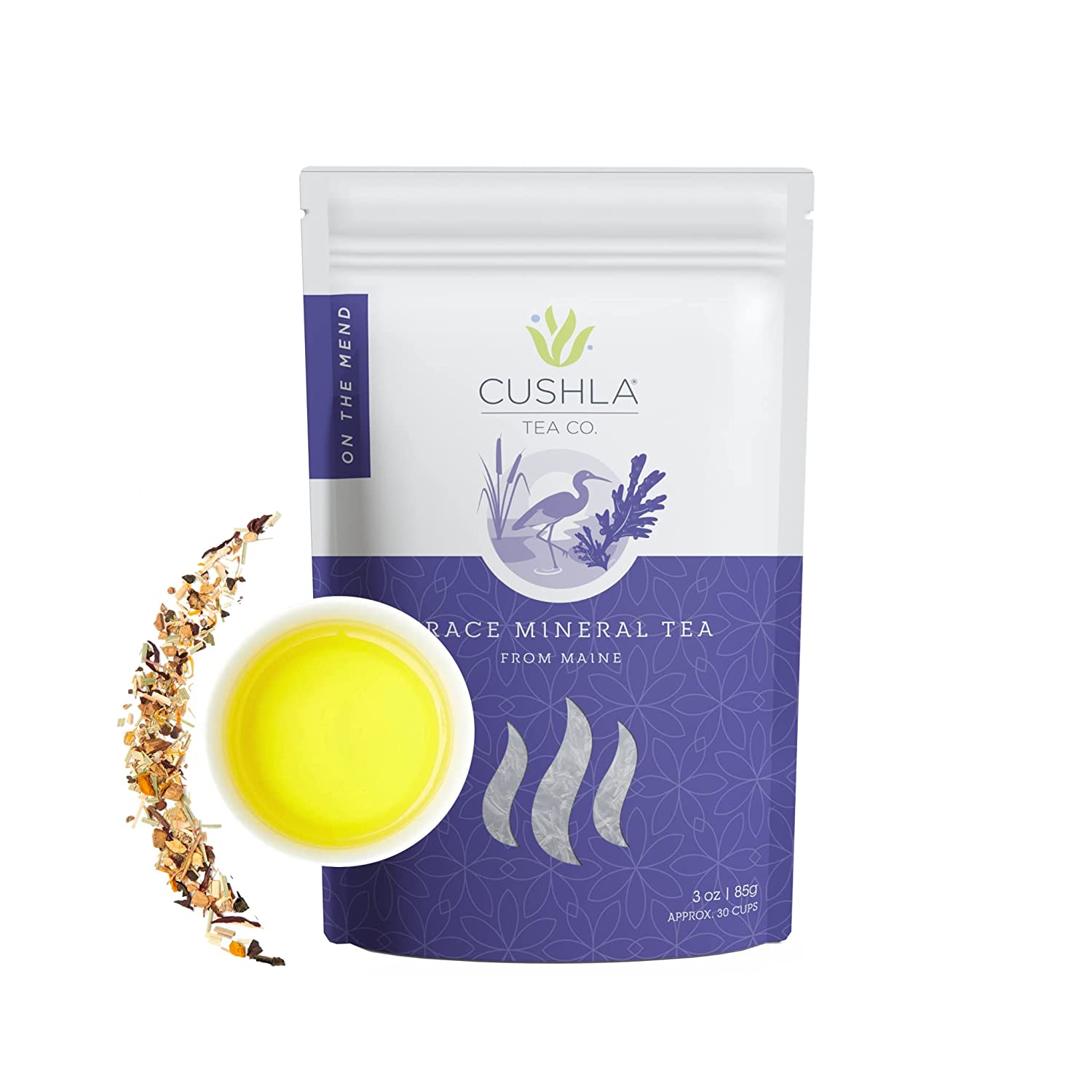When it comes to tea, few beverages can match the popularity of oolong and green teas. Both of these teas are well-known for their fresh, clean flavors and numerous health benefits, making them a staple in homes and coffee shops around the world. However, despite their many similarities, there are some key differences between oolong tea and green tea that make them unique in their own right. In this article, we’ll explore the differences between these two teas, focusing on their flavor, harvesting and drying methods, and preparation, to help you understand why oolong tea vs green tea is more than just a matter of personal preference.
Flavor Profile: Oolong Tea vs Green Tea
One of the most notable differences between oolong tea and green tea is their flavor profile. While both teas are known for their fresh, light taste, oolong tea has a more complex and nuanced flavor than green tea. This is due, in part, to the longer oxidation process that oolong tea undergoes. Unlike green tea, which is dried immediately after being picked, oolong tea is allowed to partially oxidize before being dried, which gives it a deeper, more complex flavor profile.
Oolong tea is often described as having a floral or fruity aroma, with notes of honey, apricot, and peach. The flavor is rich and full-bodied, with a slightly sweet finish that makes it a great choice for those who prefer a more robust tea. In contrast, green tea is lighter and more subtle, with a crisp, clean taste that is perfect for those who prefer a more delicate tea. Green tea is often described as having a grassy or herbaceous flavor, with notes of mint, cucumber, and jasmine.
Harvesting and Drying Methods
Another key difference between oolong tea and green tea lies in their harvesting and drying methods. As mentioned earlier, oolong tea undergoes a longer oxidation process than green tea, which is a result of the more elaborate harvesting and drying methods used in its production.
The leaves for oolong tea are typically picked later in the season, when they are more mature and have a higher concentration of natural compounds. The leaves are then partially oxidized, usually by bruising or shaking them, which triggers the oxidation process. This process can take anywhere from several hours to several days, depending on the desired flavor profile. After oxidation, the leaves are then dried and rolled into the distinctive curly shape that is characteristic of oolong tea.
In contrast, green tea is harvested earlier in the season, when the leaves are still young and tender. The leaves are then dried immediately after picking, usually by pan-firing or steaming, to prevent oxidation. This results in a lighter, more delicate flavor than oolong tea.
Preparation
The preparation of oolong tea vs green tea is another key factor that distinguishes these two teas. Oolong tea is typically brewed using a gaiwan, a small lidded bowl that is used to control the brewing temperature and steeping time. The leaves are placed in the gaiwan, and boiling water is poured over them, which is then immediately discarded. The leaves are then steeped for several minutes, depending on the desired strength, and the tea is served.
Green tea, on the other hand, is typically brewed using a teapot or infuser. The leaves are placed in the teapot or infuser, and boiling water is poured over them. The steeping time for green tea is typically shorter than for oolong tea, and it is important not to over-steep green tea, as this can result in a bitter taste.
To sum it up, oolong tea vs green tea is more than just a matter of personal preference. With their distinctive flavor profiles, unique harvesting and drying methods, and varying preparation techniques, each of these teas offers a unique experience to tea drinkers. Whether you prefer a more complex and nuanced flavor, like oolong tea, or a lighter and more delicate taste, like green tea, there is a tea out there that will satisfy your tastes. So, next time you’re enjoying a cup of tea, why not experiment with both oolong and green teas and discover the differences for yourself?






